Jun 12, 2024 | Flooring Canada

At Flooring Canada, we believe that the key to a successful flooring renovation is knowledge. Knowing what pitfalls to avoid, which tips to follow, and what maintenance routines to uphold can make all the difference between a stressful home renovation project and a successful, satisfying experience. Today, we're here to take you on a journey through the five most common flooring renovation errors and provide actionable solutions to help you steer clear of them.
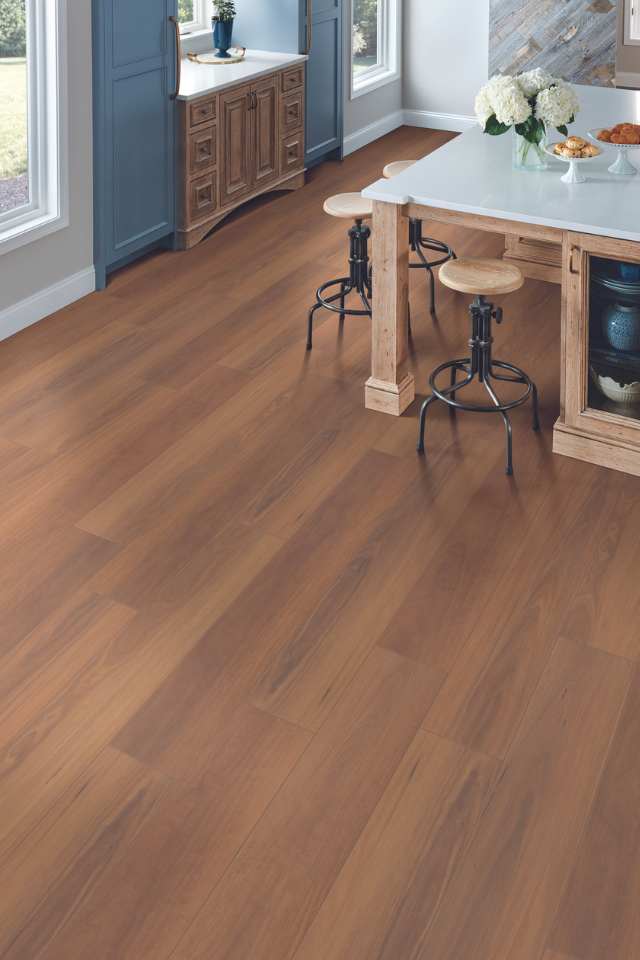
Revamping your floors is an exciting venture, but a lack of proper planning can turn your dream renovation into a nightmare. As experts in the field, we're committed to ensuring your project goes smoothly, and that starts with a solid foundation—both in flooring and in knowledge. So, let's set the stage for your successful flooring renovation.

First up, a well-executed plan is a blueprint for avoiding flooring renovation pitfalls. Sadly, many homeowners underestimate the importance of comprehensive planning, leading to poor material selection, budget overruns, and missed timelines.
Every flooring renovation, regardless of size, calls for meticulous planning. This includes defining your budget, choosing the right flooring material, and setting a practical timeline for your project.
Here are a few flooring renovation tips for effective planning:
Begin by setting realistic goals. Know what you want to achieve with your renovation and set a budget that aligns with those goals.
Research potential flooring materials and their pros and cons. Consider factors such as durability, maintenance requirements, and cost. For instance, solid hardwood flooring might be your desired aesthetic, but you might not want to compromise on moisture resistance, so maybe you opt for wood-look luxury vinyl.
Create a detailed timeline that includes all the necessary steps, from selecting materials to installation.
Hire a professional installer, who will come prepared with all the necessary tools to ensure a proper, lasting installation.
Did you know? When you shop with us at Flooring Canada, we'll take care of the installation for you. Check out our pre-measure service to kick-start your project.
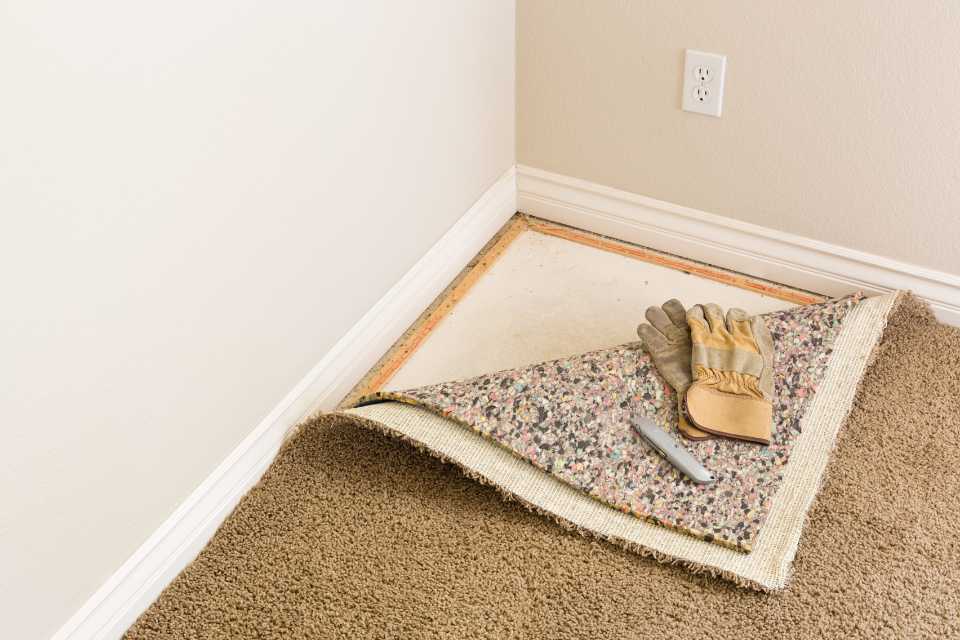
An often overlooked yet crucial aspect of any flooring project is the condition of the subfloor. Ignoring issues with your subfloor can shorten the lifespan of your new flooring and result in costly repairs down the line.
A solid, well-prepared subfloor is key to the longevity and success of your new flooring, especially when it comes to hardwood floor installations since it protects the surface floor from moisture damage and mold. The subfloor provides the support your flooring needs to withstand wear and tear and maintain its aesthetic appeal.
Address any issues in your subfloor, such as moisture, unevenness, or structural damage, before starting your flooring installation. Solve any problems first to ensure a smooth and durable installation.
Common subfloor problems to look out for include:
Moisture and water damage
Structural weakness
Mold and mildew
Visible damage to wood from pests
Poor installation
Expansion or contraction of subfloor leading to gapping
Always address water leaks, structural issues, and pest problems as soon as they are detected. You can also use dehumidifiers in damp areas and ensure proper ventilation to get moisture issues under control.

Choosing the right material involves more than just appearance. The wrong selection can result in maintenance nightmares or premature wear and tear.
Your lifestyle, room usage, and maintenance preferences should all play a role in your flooring choice. Our vast experience has equipped us with the expertise to guide you in making the right choice, whether it be carpet, tile, vinyl, laminate, or hardwood flooring.
Here are a few questions to ask yourself when choosing between flooring options:
What is the space's primary function?
How much foot traffic does the room receive?
Is the room a space likely to see moisture from spills or water (i.e. your bathroom or kitchen)?
What is your budget?
How much upkeep are you willing to maintain?
Do you have pets or children that might need scratch-resistant and durable flooring?
What is your design style and aesthetic preference?
Each room in your home has unique needs and usage. We're here to help you find the perfect floor that not only complements the aesthetics of your room but also fulfills its practical requirements. We're here to help you find the perfect floor that not only complements the aesthetics of your room but also fulfills its practical requirements.
In the realm of flooring renovation best practices, matching flooring material to room usage is key. For high-traffic areas like the living room, durable and elegant solid hardwood floors are an excellent choice, offering both resilience and timeless beauty. Meanwhile, for moisture-prone spaces such as bathrooms, opting for water-resistant laminate flooring is wise, as it provides durability and ease of maintenance without sacrificing style. In kitchens, where spills and heavy foot traffic are common, natural stone tile or vinyl flooring can stand up to the challenge, combining practicality with visual appeal. Bedrooms benefit from the warmth and comfort of carpet, which also helps to dampen noise for a peaceful retreat. By selecting the right flooring material for each room, you ensure long-lasting functionality and beauty throughout your home.
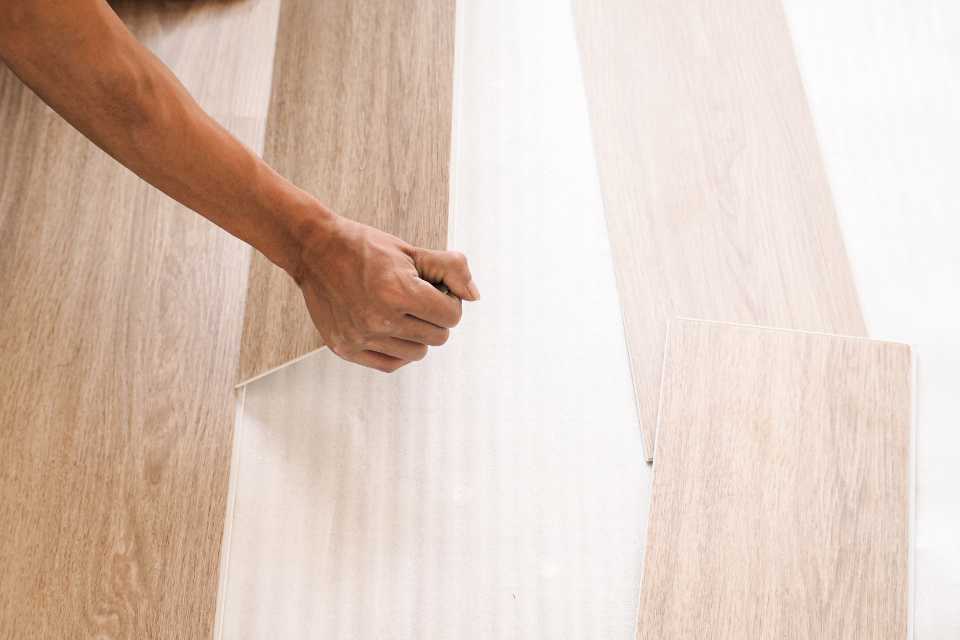
While it's tempting to install flooring yourself—especially floors that seem as simple as click-and-lock vinyl—a lack of proper knowledge and experience can lead to disastrous mistakes. These mistakes are can ultimately cost more in the long run.
When considering the renovation process, DIY flooring installation offers the benefits of cost savings and personal satisfaction. However, it also comes with drawbacks such as the potential for mistakes, longer completion times, and the lack of professional-grade tools and expertise. On the other hand, hiring professionals ensures a high-quality finish, efficient installation, and peace of mind, though it may come at a higher cost. Check out our previous blog post on the do's and don’ts of floor installation to make the best choice for your project.
Correct installation is essential to prevent issues like gaps, uneven flooring, and early damage. If you're unsure about the installation process, don't hesitate to involve a professional.
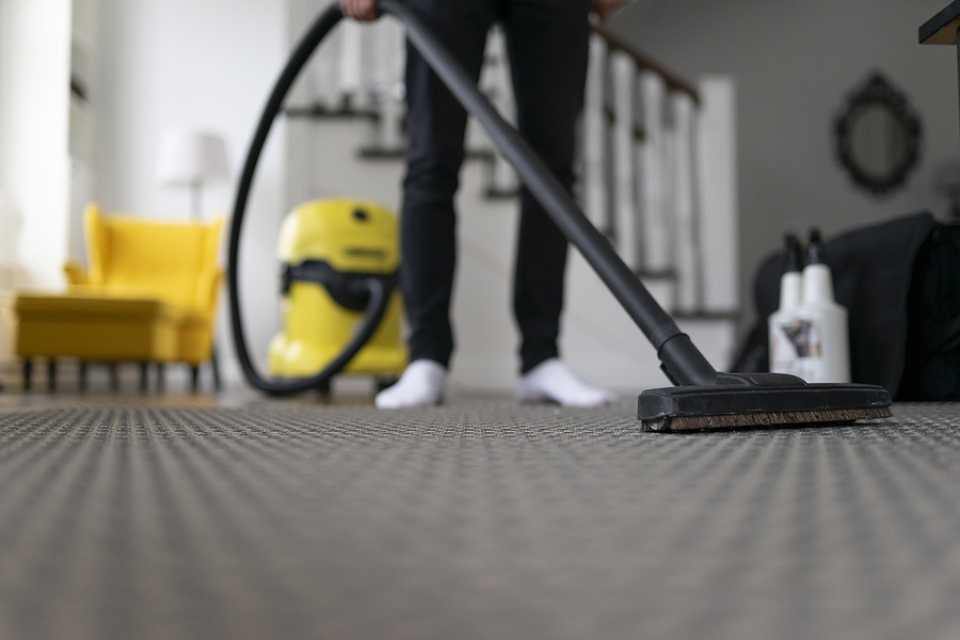
Regular maintenance preserves the beauty and extends the life of your new floors.
Regular cleaning, preventative care, and addressing issues promptly are critical components of floor maintenance. Each material has its unique maintenance requirements, and we're here to guide you through them.
Highlight the significance of regular maintenance and care to preserve the beauty and longevity of the new flooring
Whether it's using the right cleaning products or avoiding harmful practices, here are a few practical tips and strategies to help you keep your floors looking their best:
For hardwood floors, sweep or vacuum regularly to remove dirt and debris. Use a damp mop with a warranty-approved hardwood cleaner for deeper cleaning. Place rugs or mats at entryways to reduce wear and tear.
For laminate flooring, sweep or vacuum frequently to prevent scratches. Clean with a damp mop and a laminate-specific cleaner, while being careful to avoid excess water. Use furniture pads to prevent dents and scratches and address spills immediately to prevent moisture damage.
For tile flooring, sweep or vacuum regularly to keep dirt and grit from scratching the surface. Mop with a mild detergent and water. Be sure to replace cracked or chipped tiles promptly to avoid further damage.
For vinyl flooring, sweep or vacuum daily to remove dirt and clean with a damp mop using a mild, warranty-approved cleaner. Avoid dragging heavy furniture across the surface to prevent tears and use doormats to minimize dirt and moisture.
For carpet, vacuum at least once a week to remove dust and dirt. We recommend using carpet cleaners or professional cleaning services for deep cleaning. Address spills immediately with appropriate stain removal techniques and rotate furniture periodically to prevent indentations.
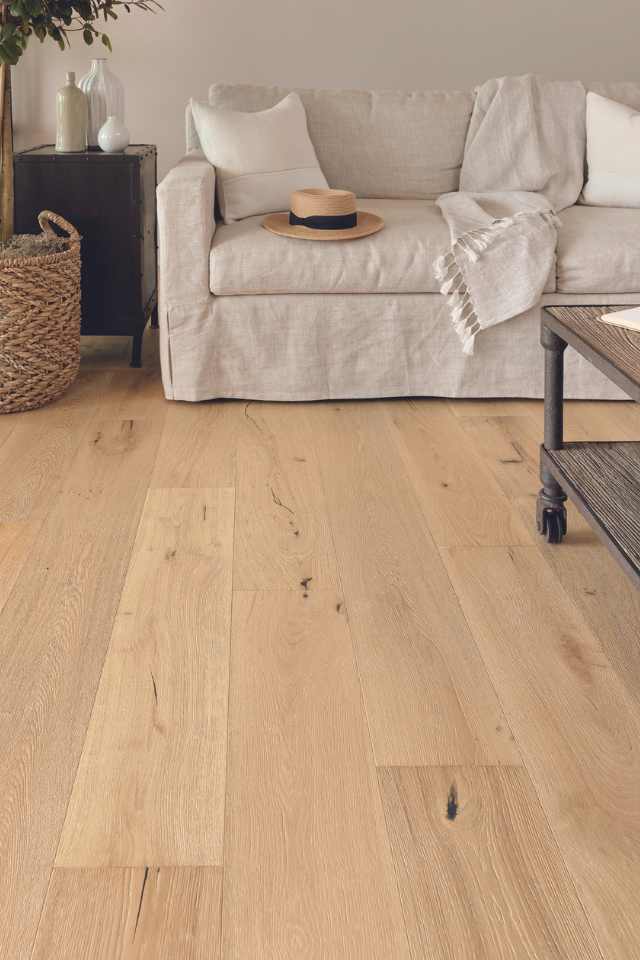
Avoiding these common flooring renovation mistakes will pave the way for a smooth, successful project. Remember, the key to a successful renovation lies not only in the beauty of the finished product but also in the journey you take to get there.
After all, flooring is more than just a surface—it's the foundation of your home's character and style. At Flooring Canada, we're here to guide you every step of the way, helping you turn your flooring dreams into reality. Ready to embark on your flooring journey? Shop our catalog to order flooring samples directly to your home now, or visit your local showroom today for expert advice!